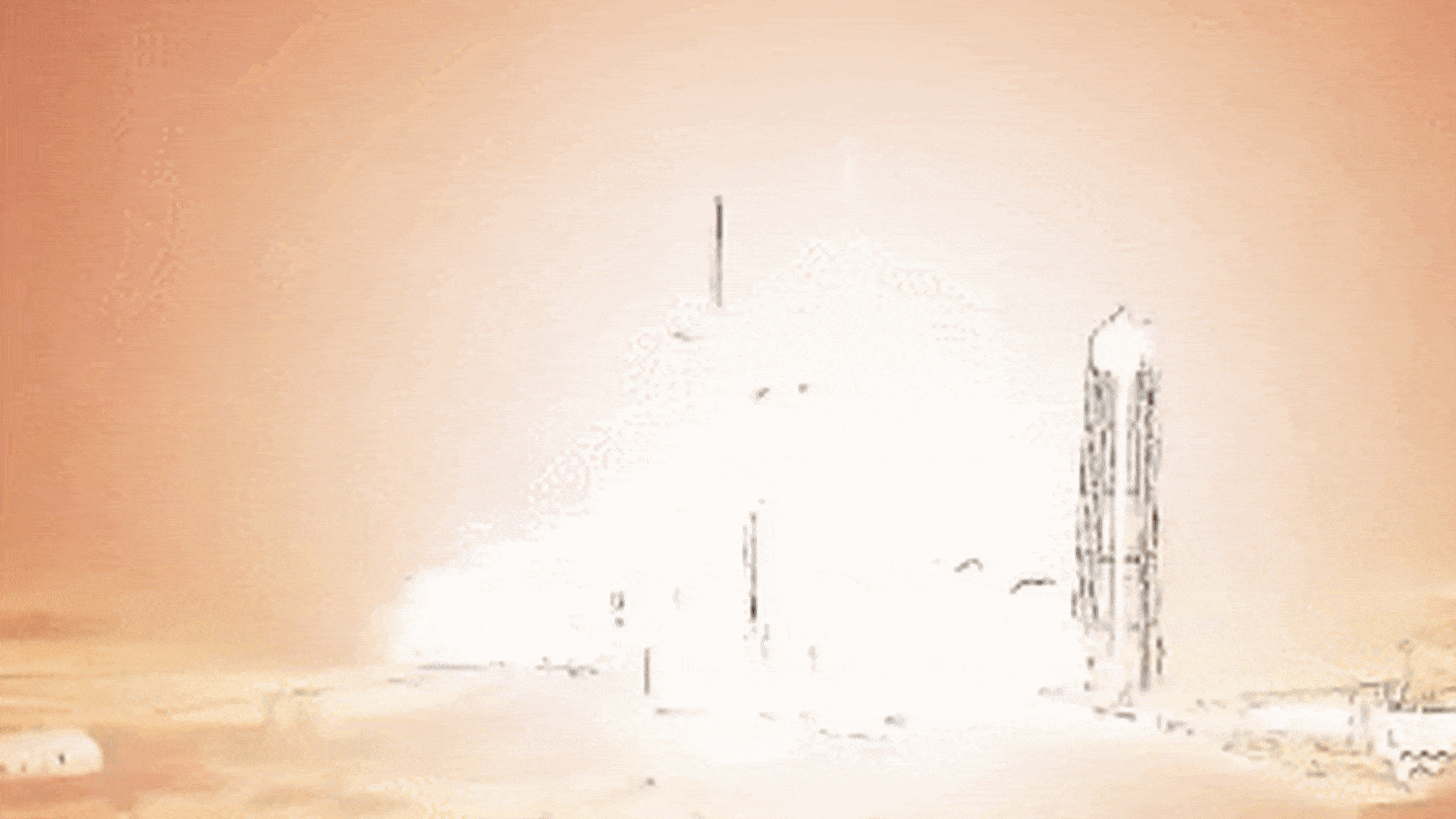SpaceX launched a group of astronauts for NASA early on Wednesday morning, with Elon Musk’s company now having sent 26 people to orbit in less than two years.
The Crew-4 mission, the company’s seventh human spaceflight to date and fourth operational crew launch for NASA, reached orbit after launching from the agency’s Kennedy Space Center in Florida at 3:52 a.m. ET. A SpaceX Falcon 9 rocket carried the four astronauts to space in the company’s Crew Dragon spacecraft named Freedom.
“The SpaceX team executed beautifully,” NASA associate administrator Kathy Lueders said in a press conference after the launch.
SpaceX’s capsule — carrying NASA astronauts Kjell Lindgren, Bob Hines, Jessica Watkins and Italian astronaut Samantha Cristoforetti — is on its way to the International Space Station. This is the first spaceflight for Hines and Watkins, while it is the second for both Lindgren and Cristoforetti. SpaceX’s Freedom is scheduled to dock with the ISS about 16 hours after launch, at around 8:15 p.m. ET.
The Crew-4 team will perform a full-duration mission on the ISS, spending about six months on board. The four will join the Crew-3 astronauts, who launched in November, briefly before the latter team’s Crew Dragon capsule Endurance undocks and returns to Earth.
Musk’s company launched Crew-4 less than 39 hours after returning the private astronaut crew of Axiom’s Ax-1, which splashed down in Crew Dragon capsule Endeavour on Monday.
After the launch, SpaceX also landed the booster of its Falcon 9 rocket, which is the large, lower section of the rocket. This Falcon 9 rocket booster previously launched three missions, making this is fourth completed to date, and SpaceX plans to continue using it to launch future missions.
SpaceX developed its Crew Dragon spacecraft and fine-tuned its Falcon 9 rocket under NASA’s Commercial Crew program, which provided the company with over $3 billion to develop the system and launch six operational missions.
Commercial Crew is a competitive program. NASA also awarded Boeing $4.8 billion in contracts to develop its Starliner spacecraft — but that capsule remains in development due to an uncrewed flight test in December 2019 that experienced significant challenges.
NASA emphasizes that, in addition to giving the U.S. a way to send astronauts to space, SpaceX offers the agency a cost-saving option. The agency expects to pay $55 million per astronaut to fly with Crew Dragon, as opposed to $86 million per astronaut to fly with the Russians. NASA in 2020 estimated that having two private companies compete for contracts saved the agency $20 billion to $30 billion in development costs.
